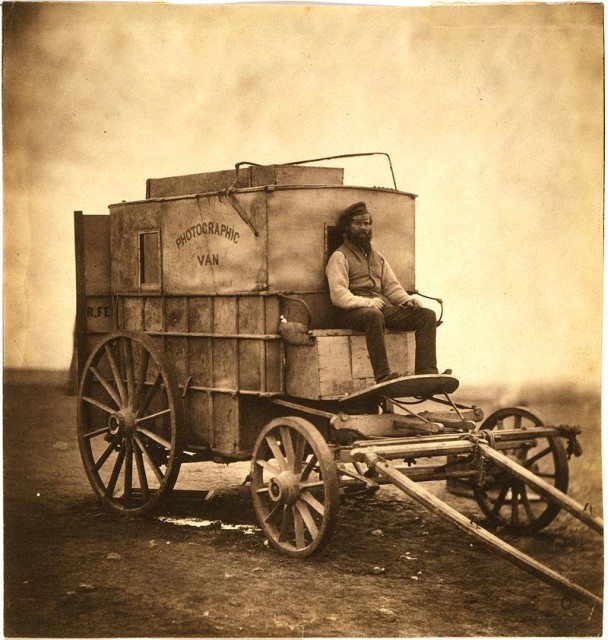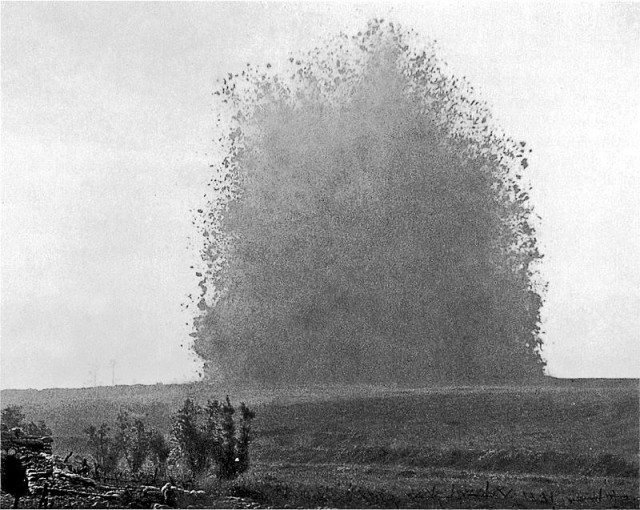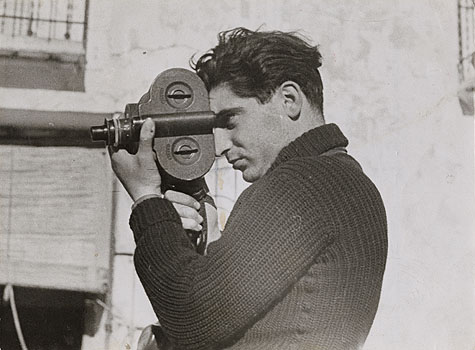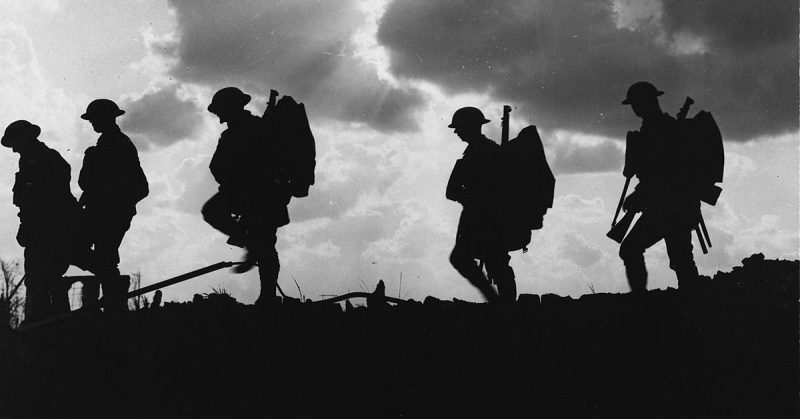Since the invention of photography in the 1800’s, photographers have roamed battlefields and ventured into dangerous situations to capture explosions, devastation, and the many atrocities of war.
From the Crimean War to the conflicts of the present day, photographers have faced illness and injury – sometimes even dying for their work – while attempting to document the brutality, ferocity, and ruthlessness of active combat.
Across the world and throughout the years, from the photographers recording the American Civil War to the brave souls on Omaha Beach during the D-Day landings of World War Two, war photography has had a massive impact on the world and the way we view warfare, both past and present.
Roger Fenton
As the Crimean War unfolded, it is believed that Roger Fenton was urged to go to Crimea to document what was happening there. He landed at Balaklava on March 8th, 1855, and stayed until June 22nd. He photographed the conflict in an attempt to change public opinion on the Crimean War, which unpopular with the masses at that time. They were converted to woodblocks and published in the Illustrated London News.

Photographic equipment at this time was heavy and cumbersome. He had to rely on a wagon to move the tools of his trade – as well as a personal assistant – and he was only able to photograph posed pictures and stationary shots, due to the long exposure required for each image. He shied away from taking photos of dead or injured soldiers and instead chose to photograph the landscape. An image of a valley – named ‘The Valley of Death’ by soldiers who had been writing home – became particularly famous. Fenton called it ‘The Valley of the Shadow of Death’, deliberately quoting Psalm 23 from The Bible.
Fenton suffered for his cause, however. He became ill with cholera and even broke several ribs after falling, but he managed to create over 350 usable negatives of the Crimean War. 312 of these went on to be shown at an exhibition in London and around the UK. The photographs were also shown to Queen Victoria, Prince Albert, and even Emperor Napoleon III in Paris, but sales of the images fell short of expectations.
World War One
World War One was the first war to be thoroughly documented by photographers and cinematographers throughout its duration. The detonation of the mine at Hawthorn Ridge in the Battle of the Somme was captured by photographer Ernest Brooks and filmed by director Geoffrey Malins.

Malins said of his experience:
“The ground where I stood gave a mighty convulsion. It rocked and swayed. I gripped hold of my tripod to steady myself. Then for all the world like a gigantic sponge, the earth rose high in the air to the height of hundreds of feet. Higher and higher it rose, and with a horrible grinding roar the earth settles back upon itself, leaving in its place a mountain of smoke.”
Ernest Brooks was the official photographer for the Western Front, and he was given the honorary rank of Second Lieutenant. He was the longest serving British war photographer at the time and took more than 4400 images, detailing active combat and everyday life in the trenches. He was particularly fond of the use of silhouettes in his photographs to illustrate the anonymous heroes of the war.
Robert Capa
An experienced Hungarian war photographer, Robert Capa covered five major conflicts; the Spanish Civil War, the Second Sino-Japanese War, World War Two in Europe, the 1948 Arab-Israeli War and the First Indochina War. During World War Two he documented the effects of the war in London, North Africa, and Italy. Perhaps most famously, he was with the second wave of soldiers that landed on Omaha Beach during D-Day.
In 1936 his photograph the Falling Soldier made him known all over the world. The image showed a man, who had just been shot, falling to the ground the Cordoba Front. Although the authenticity of the photo was later called into question of the location, the identity of the subject and the fact that staged photographs had been taken at the same place and time.
On Omaha Beach Capa took 106 pictures while being under constant fire and bombardment with the rest of the soldiers. The majority of these photographs were destroyed in an accident in the processing lab in London, only eleven remained and these were nicknamed the Magnificient Eleven. The photographs that survived were used as inspiration for Steven Spielberg’s film Saving Private Ryan.
On April 18th, 1945, Capa was in Liepzig, Germany, taking photographs, when he captured shots of a fight to secure a bridge. One of these photos was of Raymond J. Bowman’s death, and was featured in a spread on Life magazine with the caption “The picture of the last man to die” which the photograph came to be known us. Initially the magazine did not publish the name of the soldier dying in the shot but members of his family recognised Bowman’s collar pin which bore his initials.

In 1947 Capa documented the Soviet Union with American writer John Steinbeck. He photographed Moscow, Kiev, and the ruins of Stalingrad. He also toured Israel and from there he stated he was finished with war photography.
In the early 1950’s Life magazine asked him to go to Southeast Asia to document the First Indochina War where the French had been fighting for eight years. On May 25th, 1954, the regiment he was with passed through a dangerous area and were under attack, Capa wanted to photograph the advance and stepped on a landmine.
His left leg was blown apart and he had a serious chest wound but was alive when two Time-Life journalists who were travelling with him found him. Capa was taken to a field hospital, but was pronounced dead on arrival.
Capa is just one of the hundreds of war photographers who gave their life to document and report on life on the front lines. In his honour the Robert Capa Gold Medal was created and first awarded in 1955 to award a photographer for the “best published photographic reporting from abroad requiring exceptional courage and enterprise” of the year. It is awarded by the Overseas Press Club of America and was most recently awarded to Reuters photographer Bassam Khabieh for their photograph of a field hospital in Damascus.
